- Antifragile Productivity
- Posts
- Cognitive Tetris: A Game-Changing Approach to Increase Productivity
Cognitive Tetris: A Game-Changing Approach to Increase Productivity

You might not realize it, but much of your time, energy, and potential are being wasted due to a mismatch between your cognitive state — and the tasks you schedule for yourself. This mismatch can occur in two ways.
#1: Energy Mismatch
This is a mismatch between your energy levels and the energy demands of the task. This itself has two types.
Mismatch #1.1: Overwhelming Mismatch
Say you schedule a high-energy task when you’re low on energy.
For example: Deciding to write an article post-lunch when you feel sleepy.
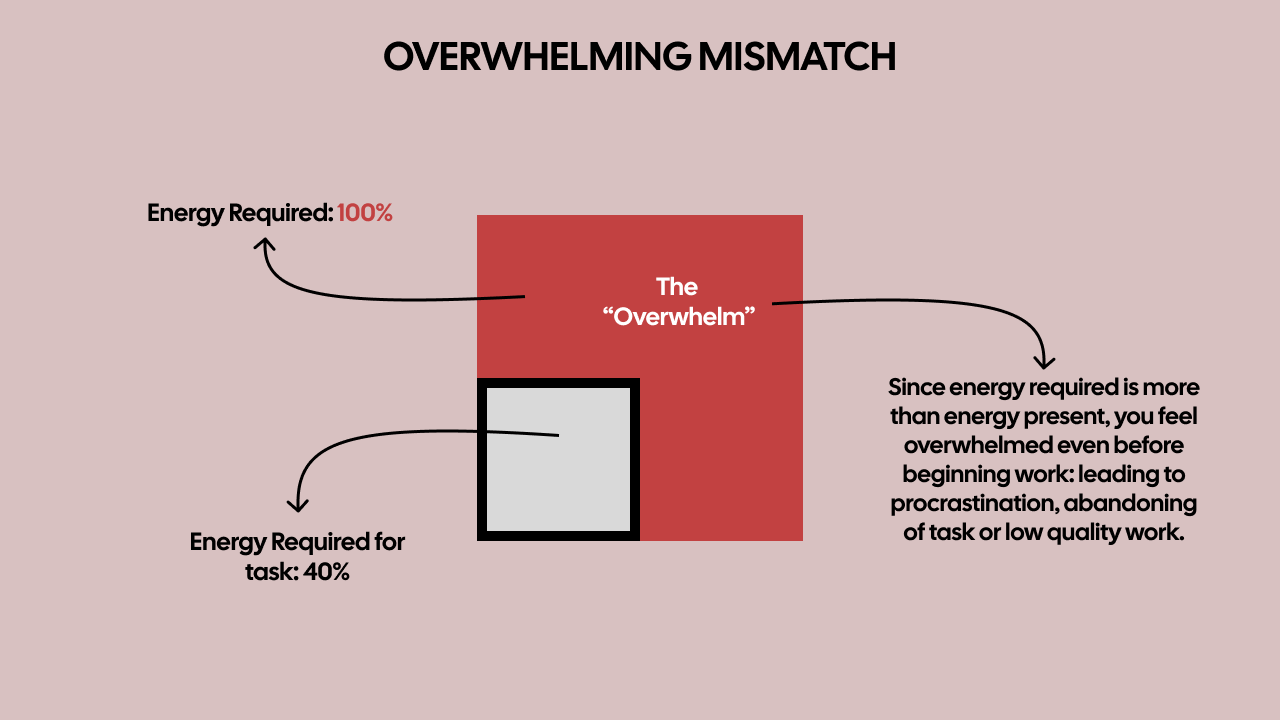
All visuals created by the Author on Figma
In such a case, your mind intuitively calculates and realizes you’re short on energy compared to the demands. Consequently, you feel “overwhelmed” which leads to procrastination.
You might think, “I can’t do it properly, so I’ll do it later and watch Netflix instead.” OR
You may push yourself and work, but end up doing a suboptimal job that takes longer than it should have.
Either way, time gets wasted in addition to you feeling stressed.
Mismatch #1.2: Underwhelming Mismatch
Conversely, you might schedule a low-energy task when you’re highly energized. For example — deciding to passively read about writing better, in the morning when you’re high in energy.

In this case, you will do the task properly, but you’re leaving so much energy unexploited.
You could have exploited all your energy, and done something with a higher ROI by scheduling a high-energy task instead.
Mismatch #2: Type Mismatch
Alternatively, there might be a mismatch in task type.
For example — let’s say you’re a student who created a strict weekly study plan. At 8 PM on Wednesday, you’ve decided to study Physics but… when 8 PM arrives, you feel like studying chemistry.
In this case:
Either you’ll study physics half-heartedly.
Or, you’ll pivot to Chemistry but suffer the discomfort of deviating from your plan.
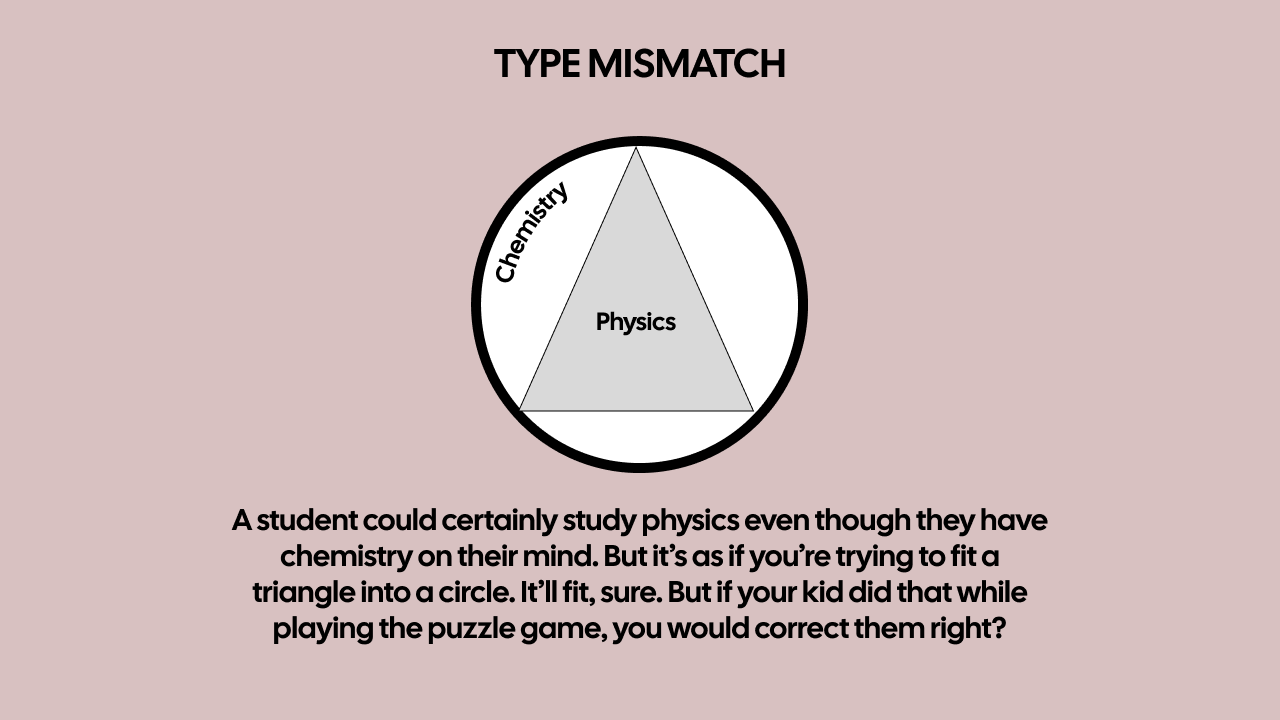
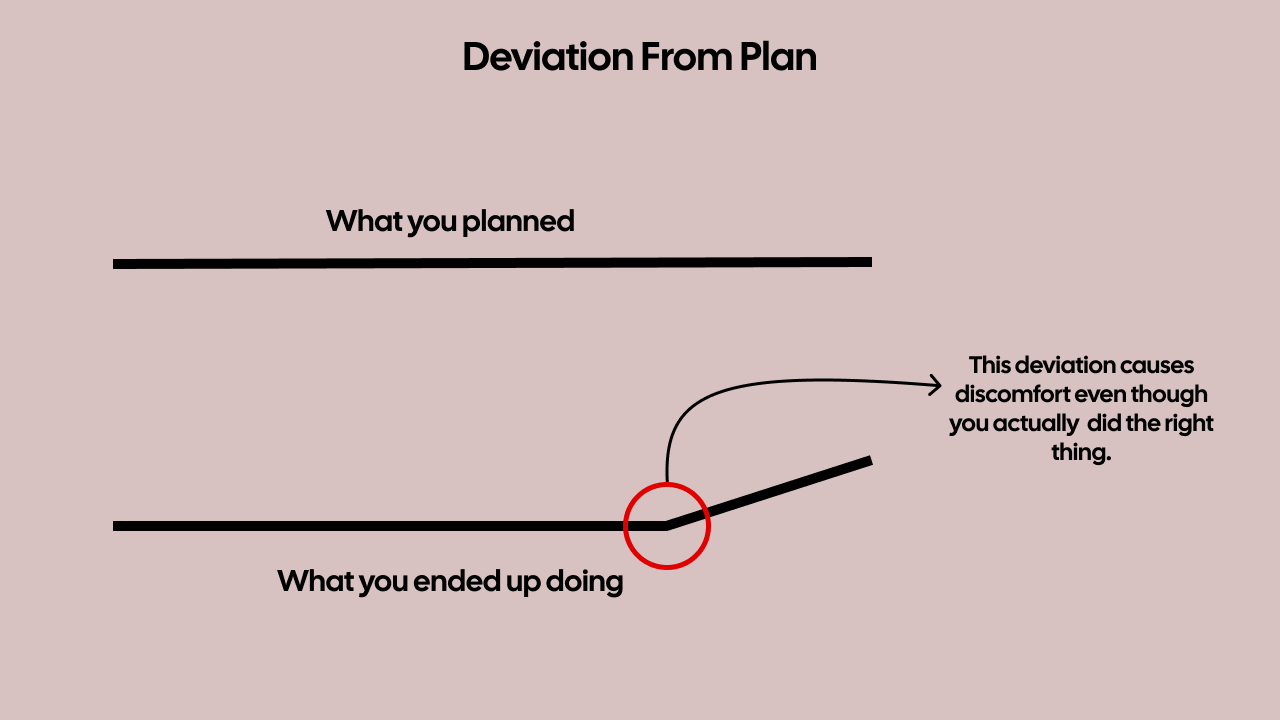
Let’s consider another example.
Say you’re a writer who scheduled an editing session at 2 PM. But when it’s 2 PM, your mind is overflowing with ideas.
Again, you will either edit when you should be writing a new piece or you will write, having to deviate from your plan.
Now, you might think, “So there are mismatches. Big deal!” Yes, big deal. Because over time, they all add up. Cumulatively, they waste a lot of time and energy, leading to frustration.
The Core Problem: Rigidity
We make ambitious plans and schedules, but the thing is, we don’t know what our cognitive state will be like in the future. We can only assume.
How on Earth can your [Sunday 10 PM] self predict your [Thursday 4 PM] cognitive state?
Yet we live our whole lives on rigid routines based on such assumptions.
Don’t worry, there’s a better way.
Solution: Learn to Play Cognitive Tetris
You’ve probably played Tetris.

Tetris. (2024, June 1). In Wikipedia. https://en.wikipedia.org/wiki/Tetris_effect
The game involves Tetrominoes of different shapes, sizes, and colors descending from the top. The player has to decide in real-time where to place which piece to avoid empty pockets or mismatches.
Similarly, Cognitive Tetris refers to matching your cognitive state with appropriate tasks.
For example, here’s how I matched for energy levels in med school.
~100% energy: I solved 3-hour long tests.
~80% energy: I solved question banks for difficult topics.
~60% energy: I studied new chapters.
~40% energy: I revised what I’ve already studied.
~20%: energy: I passively watched video lectures.
I also never fixed what subject I would study when. I usually had 2–3 ongoing subjects at any given time (out of 19), and studied what I felt like studying.
I wasn’t super analytical about it. I did this matching intuitively. As I improved at this skill, I saved a lot of time & energy — learning faster than ever.
Practical Steps: How to play Energy Tetris
Step 1: Create a Preliminary list of Task “Tetrominoes”
List everything you can possibly do to support your work. Make an exhaustive inventory. Jot down tasks:
Across energy levels — from 10% to 100%. Especially focus on thinking of tasks you can do even at very low energy levels as that’s when you’re most likely to procrastinate or skip work.
Across types of energy.
Here’s an example of my tasks as a writer:
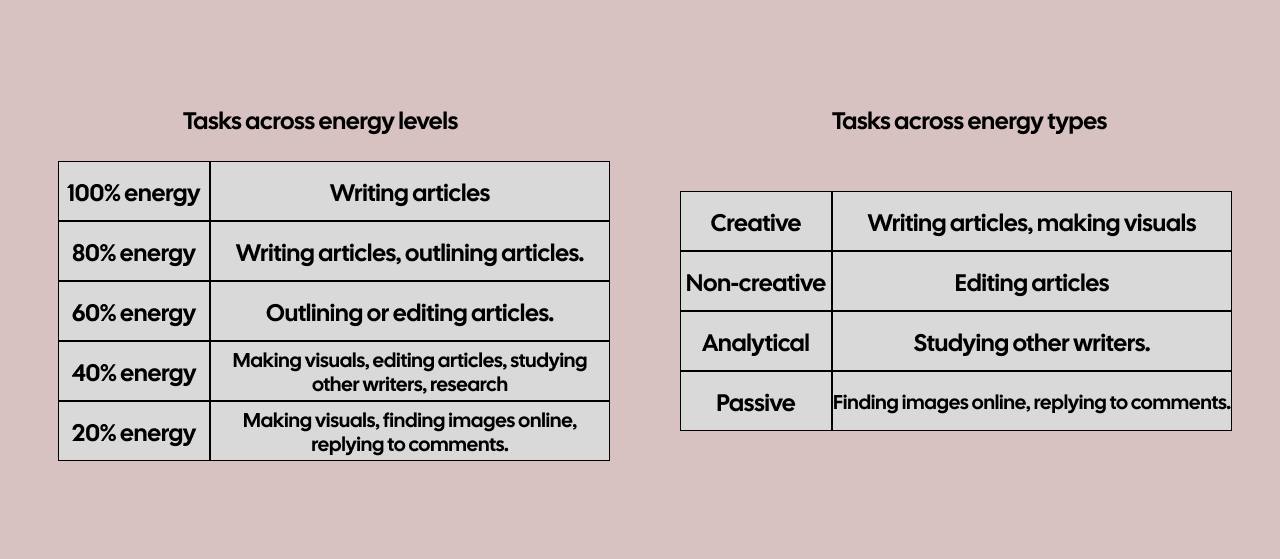
You don’t have to be super strict about this exercise. The goal is to realize that you can always do something to advance your dream — no matter what state you’re in, or how drained you feel.
Developing this preliminary awareness is crucial because without knowing what tasks fit best for various cognitive energy levels and types, you can’t effectively play Cognitive Tetris.
You just have to do this once, but it will help you a lot over time.
Step 2: Set Daily Timer-Enforced Input Goals
Most people set goals like this:
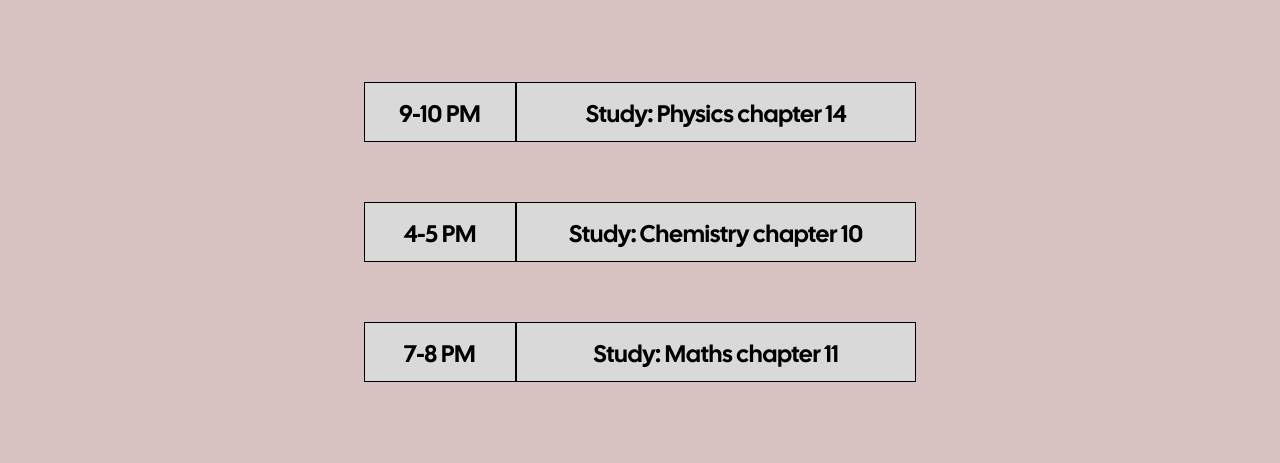
They decide what to do, and based on an assumed completion time, they schedule it somewhere in the day. Yet as we’ve already discussed, fixing what you’ll do in the future leaves your routine vulnerable to mismatches.
Here’s an alternative.
Decide how many hours you’ll work on any given day. For instance, a student could say, “I’ll study for three hours on Friday.” These hours can be scheduled or kept open — whichever works best.
Notice here that, the time you spend working is fixed — but the specific task you do in those three hours isn’t.
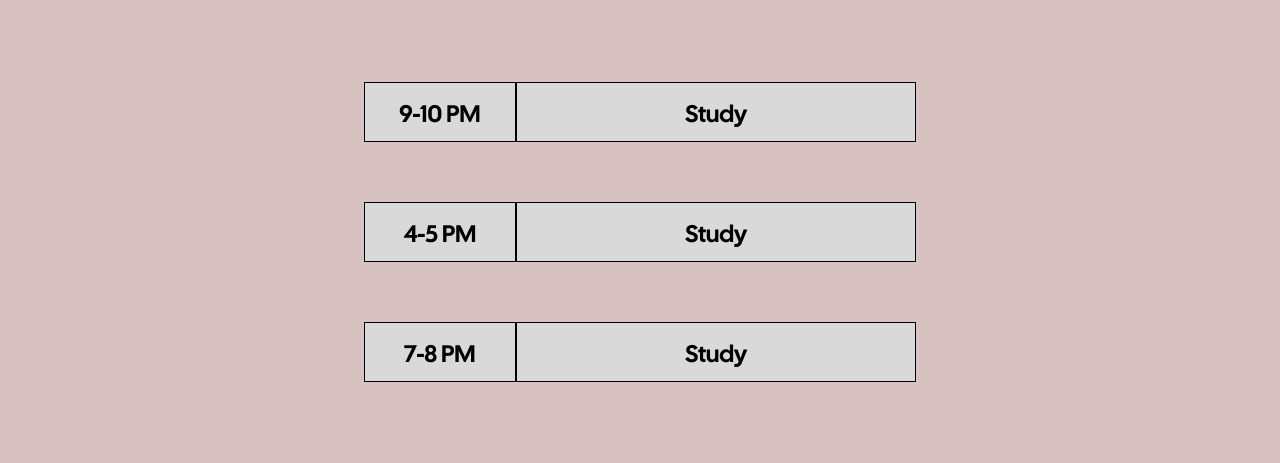
It’s like creating 3 hours of empty slots in your day, destined to be filled with work.
Step 3: Play Real-Time Cognitive Tetris
After steps 1 & 2 — you have:
Empty spaces in your day.
A task list to fill those spaces.
Metaphorically speaking, the field is ready — and you can now play the game.
When it’s time to work:
Intuitively choose a task from your list. Don’t overthink it. Go with what feels right.
Set a timer for the chosen duration. Please, use a timer — it’s very crucial.
Work until the timer goes off. If you finish the task early, choose another and keep going.
This way, you can do what feels right in the moment, instead of being handcuffed to strict routines.
In the long run, playing cognitive tetris will save time, and energy and will make work more enjoyable as everything starts to fit.
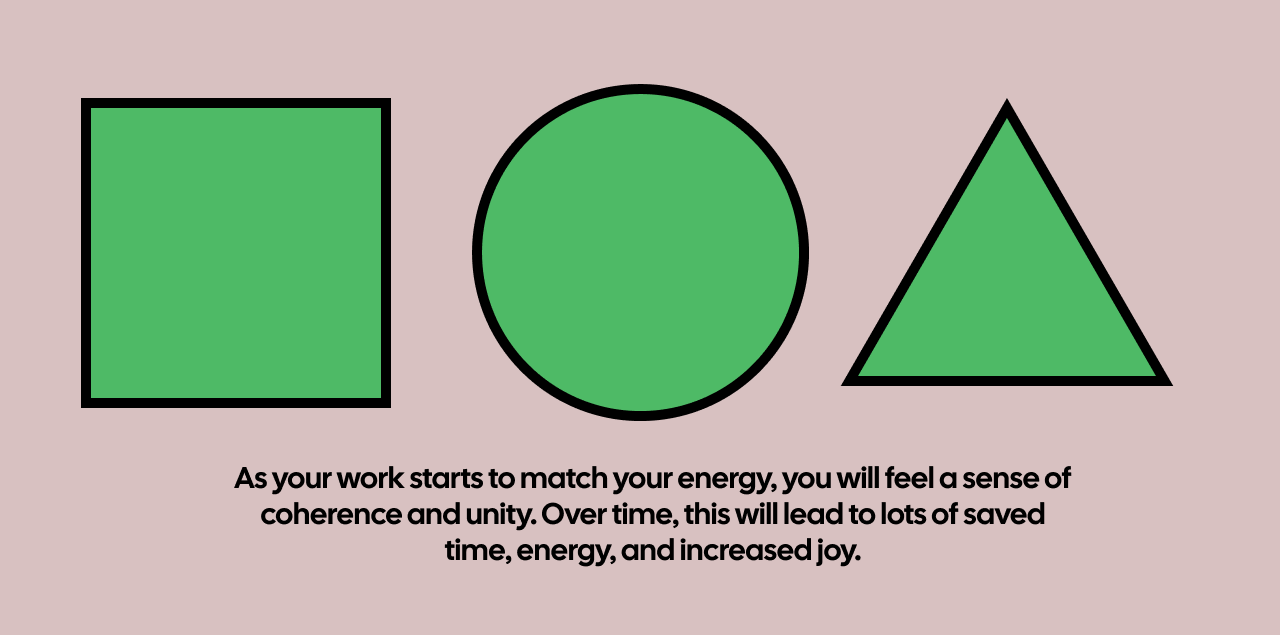
Special Points
#1: Cognitive Tetris is a Skill — you will get better at it
Initially, this approach might feel too complicated, and deciding everything beforehand may seem easier. In addition, you won’t even match work accurately quite often.
Since this approach introduces flexibility to your work life, your lazy self might misuse it. For instance, you might opt to fill your work hours with easy tasks even when you have the energy for more challenging tasks.
This might make you feel less productive. But this is temporary. Think of this approach as taking a step back to eventually leap forward.
With time you’ll improve at matching tasks and your productivity will increase.
#2: Be intentional about creating high-energy states
We have enough on our plates already, and we’re chronically drained. So it’s rather naive to assume that high-energy states will happen by themselves.
Instead, you must intentionally create high-energy states for your most challenging tasks.
For instance, to give mock exams, I did the following every Sunday:
Woke up without an alarm to get enough sleep.
Put my phone on DND.
Drank a delicious cup of coffee to sharpen my focus.
This ensured I was in a high-energy state for my test.
#3: Be intentional about utilizing low-energy states
Before this strategy, I rarely worked when tired. However, after discovering this approach, I realized that there are plenty of low-energy tasks I can do even when I feel drained.
Instead of doing those tasks when you’re energetic, be very intentional about saving them for low-energy states.
This way, you’ll log more total hours of work, and spend more time doing high ROI, challenging work.
#4: Ditch this approach in case of true deadlines
Now, this approach encourages flexibility. But sometimes, flexibility is not an option.
It’s fine to study chemistry instead of physics on a regular Sunday.
But if you have a physics test on Monday, you must stick to that even if you feel like studying chemistry.
Of course, rigid plans are needed in case of real deadlines. But the issue is, that most people live their entire lives sticking to rigid routines because of artificial, manufactured deadlines.
That’s not good.
My suggestion is to use this approach for the majority of your life, and when there are true deadlines, shift to rigid routines instead.